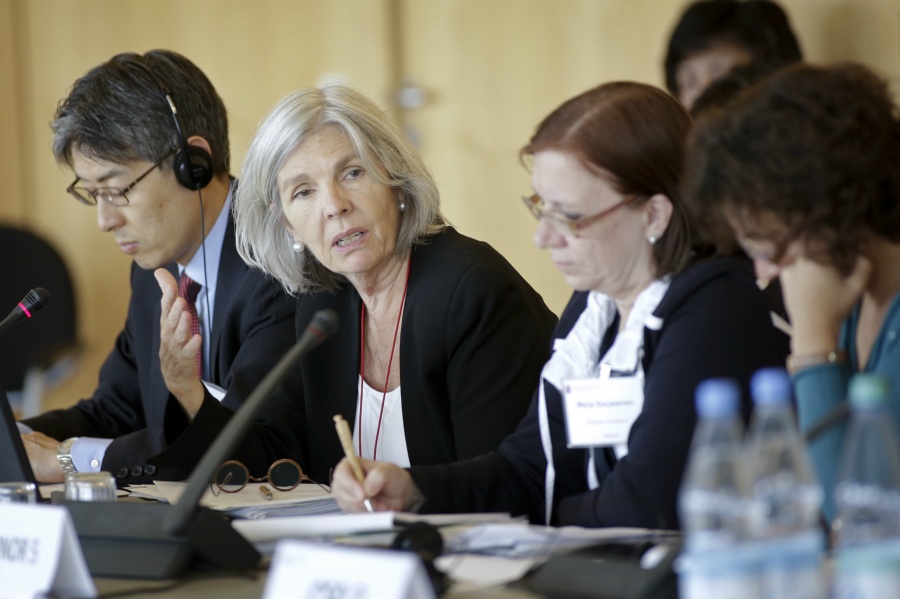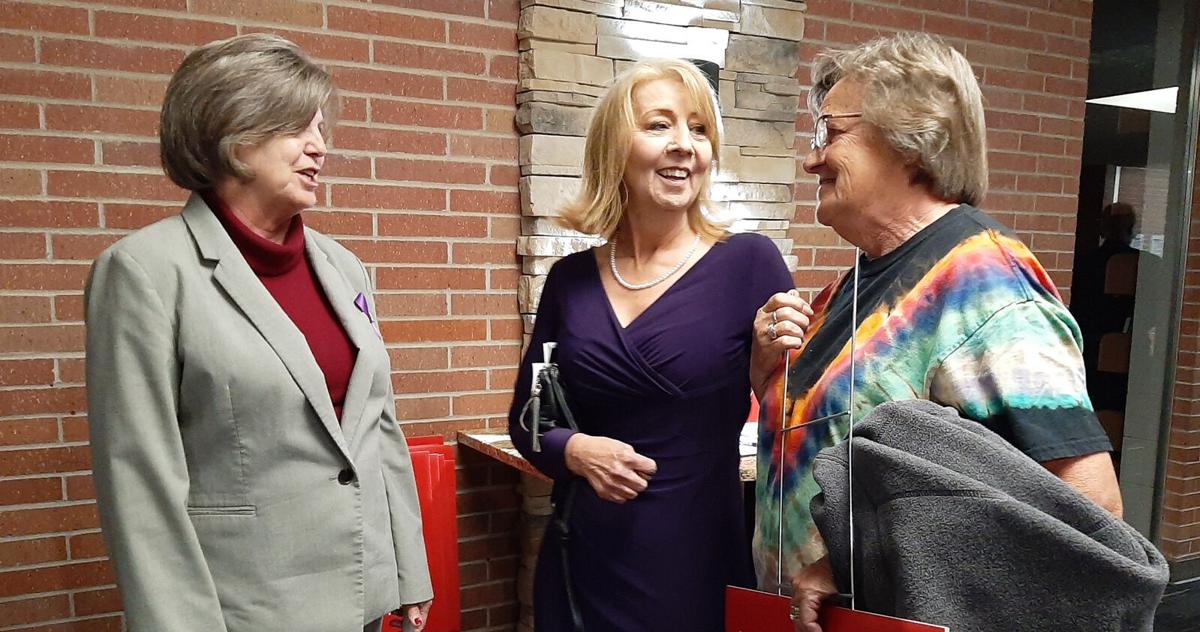‘Dangerous mistakes and misunderstandings’ plague impact investing – Skoll World Forum debate | The social enterprise magazine

Impact investing is based on “several dangerous mistakes and misunderstandings” that limit the problems it can solve, Wendy Abt, founder and CEO of financial advisory firm WPA and a former USAID official, told reporters. delegates from this week’s Skoll World Forum.
Abt, who is a board member of the Innovations for Poverty Action research institute and specializes in investment and finance in Africa, was taking part in a debate on Wednesday on whether impact investing can whether or not to maximize its impact – and whether its structure inherently limits problems. it can solve.
It’s pretty clear that impact investing is committed to investing without being very clear about causality
Three issues were of particular concern when it comes to impact investing, Abt argued, starting with the lack of impact evidence. “The presumption is that impact investors have strong evidence that what the company or project is funding actually works,” she said, “but we have to recognize that measuring something is not the same as test [the proposition]”. In other words, proof of impact was not proof that it was caused by the investment.
She continued: “We have a huge amount of measurement going on, but we have very little testing… It’s pretty clear that impact investing – and even ESG investing – have committed to investing without being very clear about causation. This is a very big problem that keeps coming up. »
Above: The debate was part of the Skoll World Forum 2022, which took place online from April 6-8
Another flaw she pointed out was the tendency of many impact investors to approach their investments with a venture capital model in mind. A venture capital model meant investing small amounts of money in many startups, most of which would not succeed – which was good because the ones that did (often tech startups) were likely to have growth “absolutely spectacular, almost vertical,” said Abt. .
“Now things that have a real impact on the poor, like agriculture, like infrastructure, like health, like education, won’t have those kinds of returns, they’ll have more normal returns,” he said. she added.
“So if your model is, ‘I can put a little money into something, and I’m going to get great returns and great impact’ – I think that’s just wrong. Because actually , it’s going to take a lot of money over a long period of time to change various sectors enough to really have an impact.
Finally, she noted that current concerns about greenwashing and impact-washing should lead the industry to “pause” and reconsider whether impact investing in its current form was really the solution it needed. claimed to be.
Not a lost cause
However, impact investing was not entirely a lost cause, according to Kanini Mutooni (pictured), chief executive of the Draper Richards Kaplan Foundation, who is also participating in the debate. Much could be done to improve the sector, she argued. To begin with, impact investors had to stop using the wrong kinds of financial instruments.
She said: “We use the exact same financial instruments to invest in social entrepreneurs trying to solve real-world problems – climate change, gender inequality, racial inequality – that we use to invest in Twitter, Google and Snapchat. , and there is something very wrong with that.
Rather, impact investors should use instruments that would encourage impact in the right way, while guaranteeing some form of financial return to investors.
Examples of these more innovative options included revenue-linked finance (a “win-win” for investors and entrepreneurs) and impact-linked finance, which incentivizes companies to generate more impact.
Mutooni said investors have just started using these types of instruments and evidence is still needed to know if there will be enough demand for them, especially given the high transaction costs they were incurring. But she described these options as “a clear way” through which impact investing could better maximize impact.
“Unfortunately, as impact investors, we seem to steer clear of these instruments and only choose those that are in the market,” she said.
Impact investing also failed to engage with key players controlling big capital who had the potential to make a critical difference, Mutooni added, particularly family offices and foundations – which, in the United States alone is, combined, more than $7 billion, she said. . Reports showed very little of that capital was invested in an impact lens, Mutooni said. “As long as we have all this capital on the sidelines, it will be really difficult to be able to make this change happen, and really, really difficult to achieve real scale in the sector.”
And the problem that kept her “up at night” was measuring impact, with too many different approaches to be meaningful. “People have become millionaires overnight just by saying they are consultants measuring impact,” she said. She called on impact practitioners to sign up to collective initiatives such as the Operational Principles for Managing Impact – which now has signatories controlling over $400 billion in assets. Many people were “masking” themselves as impact investors and there was a need for the industry to align with measurement practices and language, she added.
People have become millionaires overnight, just by saying they are consultants who measure the impact
A more positive view was shared by Amma Sefa-Dedeh Lartey, CEO of Impact Investing Ghana, and Amrita Bhandari, Head of Ideas and Strategy at Acumen, who also joined the discussion. Bhandari highlighted the encouraging growth of the global impact investing market, which was now estimated at between $640 billion and multi-trillion dollars (depending on definitions). She also gave a successful example of impact investing: in developing solutions where governments or the private sector had failed, such as providing off-grid energy in developing countries.
Sefa-Dedeh Lartey pointed out that impact investing could catalyze more risk-averse private sector investment in high-impact social enterprises. However, Mutooni pointed out that very little money was actually invested as so-called catalytic capital: data from the Global Impact Investing Network revealed that only 7% of impact investing was invested in this way in 2019. .
And Abt cautioned against relying too much on individual case studies as proof of broader success. “I just challenge us to be a little more modest about what we claim to be proof of the success of impact investing, which is not to discredit the motivations, [or] particular successes that we have had,” she said.
Top photo: Wendy Abt at a Global Partnership for Education meeting in 2012 (credit: Global Partnership for Education)
Thanks for reading our stories. As an entrepreneur or investor yourself, you’ll know that producing quality work doesn’t come free. We rely on our subscribers to support our journalism – so if you think it’s worth having an independent, specialist media platform that covers social enterprise stories, please consider subscribing. You will also buy social networks: pioneer post is a social enterprise itself, reinvesting all of our profits to help you do good business, better.






